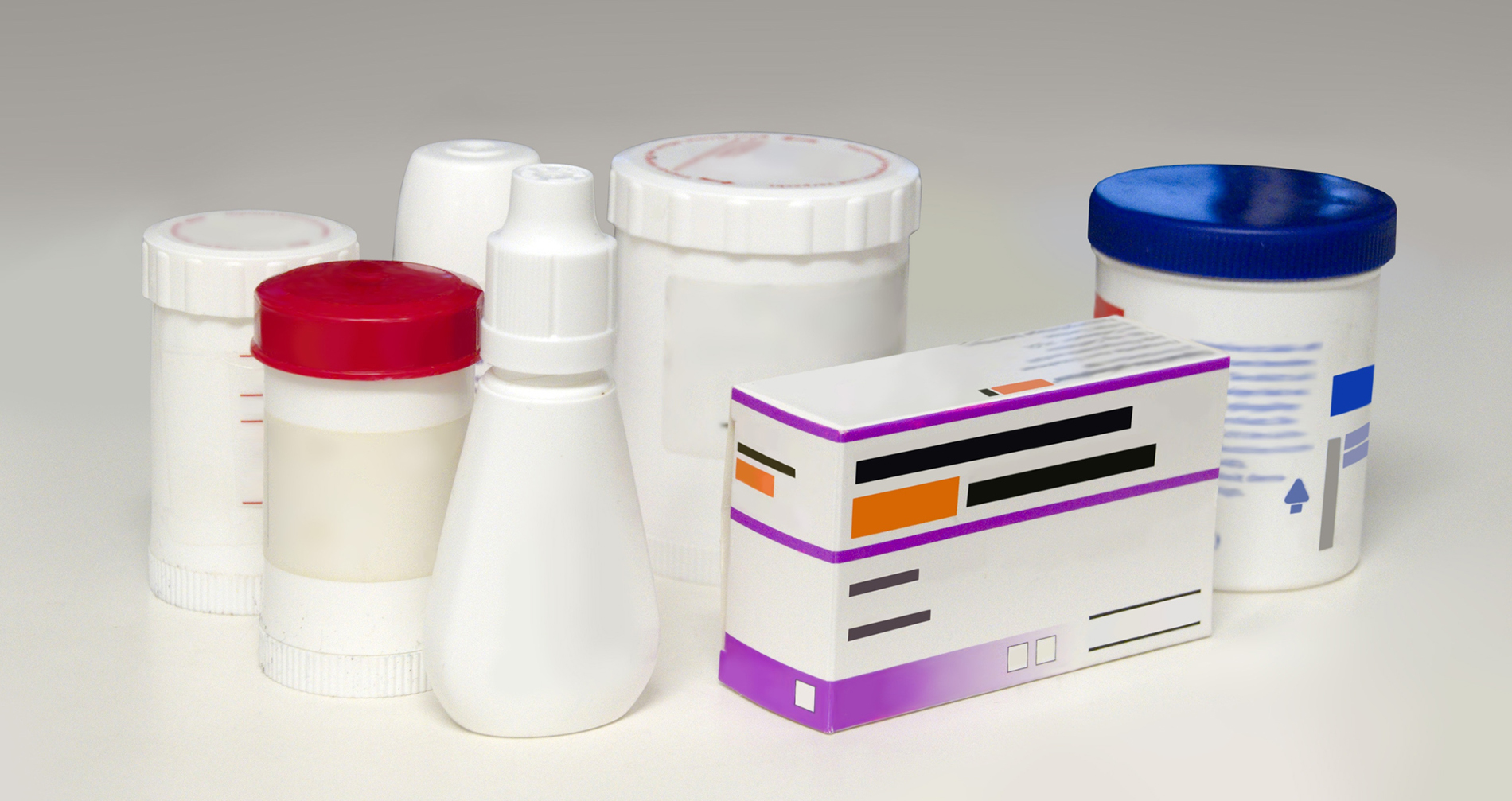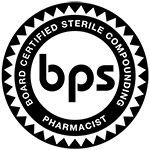If you experience frequent pain during the activities necessary to live your daily life, you’re not alone. The CDC estimates that as many as 40% of people within the United States may experience chronic pain, making pain one of the most common reasons adults seek medical treatment. Often, however, people don’t seek treatment for pain until after they’ve tried alternate therapies like icing the area, using a heating pad, or experimented with several over-the-counter oral medications first.
After a meeting with a medical provider, a common next step in pain management is the stronger—generally more effective—pain pills available only by prescription. Oral pain medications are so common they’re considered the old standby—the go-to method of treating pain, often to the effect of ignoring other, potentially more effective, methods. However, since oral pain medications can cause issues for many people experiencing chronic pain, many doctors and pharmacists are now considering topical pain relief gels and creams as a viable alternative to traditional pain pills.
What Is Topical Pain Medication?
Whether administered orally or applied to the skin, most pain relievers (or analgesics) work to prevent your body’s chemicals from providing pain signals to your brain. These chemicals, known as prostaglandins, are hormones that can cause inflammation and cause the surrounding nerves in the area to transmit pain signals to your brain. While both oral and topical medications block the effects of prostaglandins, they do so differently.
There are several forms of topical pain medications in use today, most available as a compounded cream, a gel, or even as a pain-relieving patch, depending on the formulation. While the major method of pain relief in use includes interfering with prostaglandins, other methods can be used instead of—or in conjunction with—prostaglandin blocking. Types of topical pain medications include:
Topical salicylates.
These topical NSAIDs (nonsteroidal anti-inflammatory drugs) use the same compounds present in aspirin to block inflammation and pain in patients. Over-the-counter versions, such as Aspercreme and Ben Gay, have been providing relief to patients for years. Diclofenac gel (Voltaren) is a higher-strength topical NSAID that requires a prescription for use.
Other topical NSAIDs.
Other topicals utilize the same pain-relieving medications as common oral over-the-counter treatments such as ibuprofen and naproxen. Instead, these medications are formulated for application to the skin via a gel or patch. Common topical NSAIDs include ketoprofen and ibuprofen (Nurofen).
Topical counterirritants.
These topical pain medications typically include a substance designed to produce a different sensation on the surface of the skin, primarily to distract the user from the source of the pain. Substances such as menthol, camphor, and methyl salicylate in products like Icy Hot and Biofreeze produce a warming and cooling sensation said to encourage circulation and relieve pain. Often, topical counterirritants are used in formulations with salicylates or steroids to produce a dual-pronged attack on pain, as in Diclofenac methyl salicylate and menthol gel.
Topical anesthetics.
Topical anesthetics work to produce a numbing sensation in the area of application to relieve pain. When produced in a gel or cream, anesthetics work to target nerve endings in the skin, temporarily preventing them from transmitting pain signals to the brain. Commonly used topical anesthetic products often contain lidocaine as the major anesthetic, produced in a spray, gel, or patch form; these include Topicaine and Lido-Patch.
Topical capsaicinoids.
These topicals work to diminish peripheral nerve cells of the pain receptors necessary to transmit pain sensations with the use of capsaicin, the chemical responsible for the burning sensation you experience after eating a chili pepper. Topical capsaicin creams like Zostrix and Capzasin have been shown to produce pain-relieving effects in up to 56% of people if used at least four times per day. However, these creams may take two weeks or more to produce relief.
Topical steroids.
Some steroids (not to be confused with anabolic steroids) can be used in topical pain medications. Most often, topical formulations include corticosteroids like betamethasone valerate (BMV). In one study, BMV delivered transdermally—or close to the skin—was shown to reduce arthritis-related joint pain in 73% of patients.
Topical opioids.
While the pain-relieving qualities of opioids are well known, fewer people regularly utilize topical opioids than some of the other pain relievers on this list. Primarily, this is because topical opioids are absorbed transdermally, but attack pain levels centrally, by targeting sensory neurons. Common topical opioids include topical morphine, buprenorphine, and topical fentanyl.
Benefits of Topical Pain Relievers
While some creams, gels, and patches contain only a single type of topical pain reliever, many compounded creams and gels contain salicylate or other NSAID in conjunction with a counterirritant. These topical pain relievers offer multiple benefits over common over-the-counter and prescription oral medications. We’ve compiled a list of benefits of topical pain relievers, but keep in mind that these benefits depend on the formulation and may not apply to some prescription-strength topical opioids and steroids.
Benefits include:
1. Precision targeting.
Unlike oral pain medications, which must be processed via the digestive and circulatory systems and can affect the entire body, topical pain relievers can target specific body parts. To experience localized pain relief, all you need to do is apply the topical pain reliever to the skin in the affected area, wash your hands, and wait.
2. Safe for internal organ systems.
The way topical pain relievers are utilized—transdermally versus orally—helps prevent negative effects long-term use of oral pain killers can have on the digestive and excretory systems. Since topical pain relievers need not pass through internal organs like the liver, kidneys, stomach, and digestive tract, they do not cause the gastric upset and cardiovascular risks caused by oral medications.
3. Quick reaction time.
Since topical pain relievers are absorbed through the skin instead of via the circulatory system, they can take effect much more quickly than oral pain relievers. For example, joints close to the skin surface such as the knees and elbows, can absorb topical pain relievers relatively quickly and show positive effects faster than most oral pain relievers. Also, you can use another dose much more quickly than you can take a second dose of most oral medications.
4. Increased pain relief across numerous types of pain.
Topical pain relief medications have been developed to specifically address various kinds of pain, including compression neuropathy—in which a part of the body applies painful pressure to a nerve. In addition, topical pain relievers can be used to treat muscle pain and inflamed tendons. These types of pain are often not treated well with oral analgesics.
5. Reduced risk of drug tolerance.
Over time, with the use of oral or systemic pain relievers, the body can become accustomed to the pain-relieving effects produced. Unfortunately, this phenomenon can result in pain relievers becoming less and less effective over time. Increased amounts of oral medications can be increasingly harmful to the body; topical pain relievers provide an effective alternative to combat this issue.
6. Reduced chances of misuse.
As mentioned, some oral pain relievers the body has become accustomed to absorbing lead to the use of more and more medication over time. Others produce alternative sensations like drowsiness, euphoria, and other effects. These conditions cause some oral medications to be prone to misuse, an issue avoided by most topical analgesics.
If you’re wary of pain pills and other oral pain medications for some of the reasons listed above, a quality topical pain reliever may be the best solution for you. These specially formulated medications can be useful for pain relief associated with conditions such as arthritis, neuropathy, muscle pain, and more. Your pharmacist can speak with your doctor to determine which combination of active ingredients and which formulations—including compounded pain relief creams and compounded transdermal gels—may work best to relieve your pain long-term. Get in touch with Compounding Pharmacies of America today, and we’ll discuss your options with your physician.
This article has been updated and was originally published on
Find a Topical Pain Reliever That Suits Your Needs

You can also contact us directly
and we will get in touch with your doctor for you.
Chief Operating Officer, The Compounding Pharmacy of America
Matthew Poteet, Pharm.D. graduated with Honors from Lee University with a Bachelors of Science in Biological Science. After his undergraduate training, he completed the Doctor of Pharmacy program at Mercer University Southern School of Pharmacy, graduating in 2004. Dr. Poteet has spent much of his pharmacy career on staff at two of the most prestigious academic teaching hospitals in the Southeast; Emory University in Atlanta and Vanderbilt University Medical Center in Nashville. At these institutions he received extensive experience and training in sterile products compounding.
He returned home to East Tennessee in 2010, where he has held the position of Pharmacy Director at two sterile products pharmacies in Knoxville. Matthew lives in Knoxville with his wife, Chris. Dr. Poteet is Tennessee’s first Board Certified Anti-Aging Pharmacist by the American Academy of Anti-Aging Medicine.




 Subscribe to Our Newsletter
Subscribe to Our Newsletter


